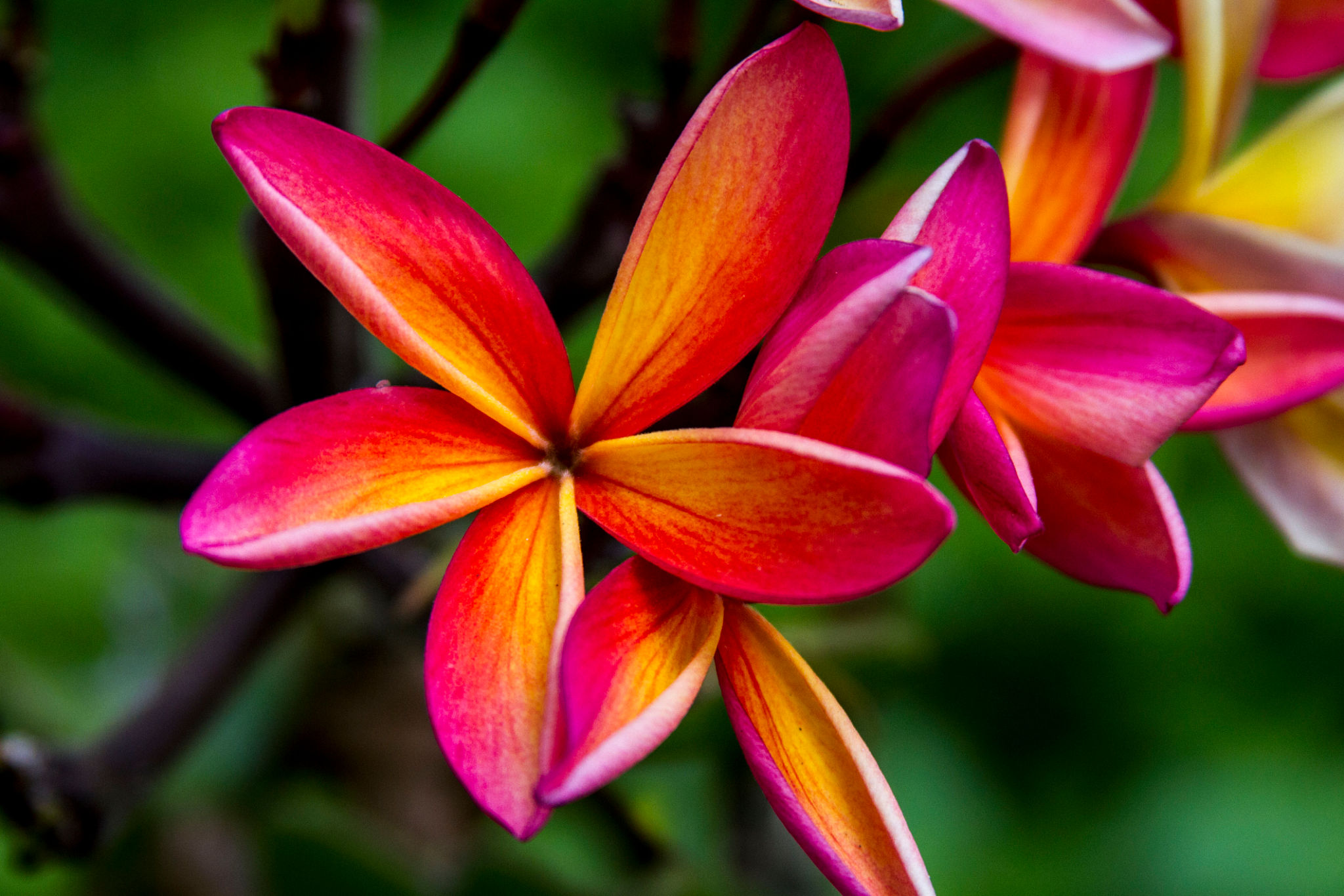How to Prepare Your Landscape for Seasonal Changes in Hawaii
Understanding Hawaii's Unique Climate
Hawaii's climate is distinct, with its tropical weather patterns and microclimates across the islands. Preparing your landscape for seasonal changes involves understanding these unique conditions. Hawaii experiences two main seasons: the dry season (kau) from May to October and the wet season (hooilo) from November to April.
During the dry season, landscapes can struggle with less rainfall and higher temperatures, while the wet season brings more rain and cooler temperatures. Knowing these patterns helps you plan and maintain a healthy garden all year round.

Choosing the Right Plants
In Hawaii, selecting plants that are well-suited to the local climate is crucial. Opt for native plants as they are adapted to the soil and weather conditions. Examples include hibiscus, plumeria, and ti plants, which thrive in both wet and dry seasons.
Additionally, consider drought-resistant plants for areas that receive less rainfall during the dry season. Succulents and cacti can add variety to your landscape while requiring minimal water.

Soil Preparation and Maintenance
Proper soil preparation is essential for a thriving landscape. Start by testing your soil's pH levels to ensure it is suitable for the plants you intend to grow. Amend the soil as necessary with organic matter to improve drainage and nutrient content.
Regularly mulching your garden can help retain moisture, especially during the dry months. Mulch also suppresses weeds and gradually enriches the soil as it breaks down.
Watering Techniques
Efficient watering is vital in Hawaii due to the varying rainfall patterns. During the wet season, reduce watering to prevent over-saturating the soil. In contrast, during the dry season, establish a consistent watering schedule to keep plants healthy.

Implementing a drip irrigation system can help conserve water and deliver moisture directly to the plant roots. This method reduces evaporation and ensures your plants receive adequate hydration.
Pest and Disease Management
Hawaii's warm climate can encourage pests and diseases. Regularly inspect your plants for signs of infestation, such as discolored leaves or unusual growth patterns. Early detection can prevent widespread damage.
Employ natural pest control methods to maintain a healthy ecosystem in your garden. Introducing beneficial insects like ladybugs can help manage pest populations without the need for chemical pesticides.

Seasonal Landscaping Tips
As seasons change, adapt your landscaping techniques. In the wet season, focus on pruning and trimming to prevent overgrowth and improve air circulation around plants. This helps reduce the risk of fungal diseases.
During the dry season, prioritize soil conservation techniques, such as terracing or using ground covers, to minimize erosion and retain moisture. These practices ensure your garden remains resilient throughout the year.
